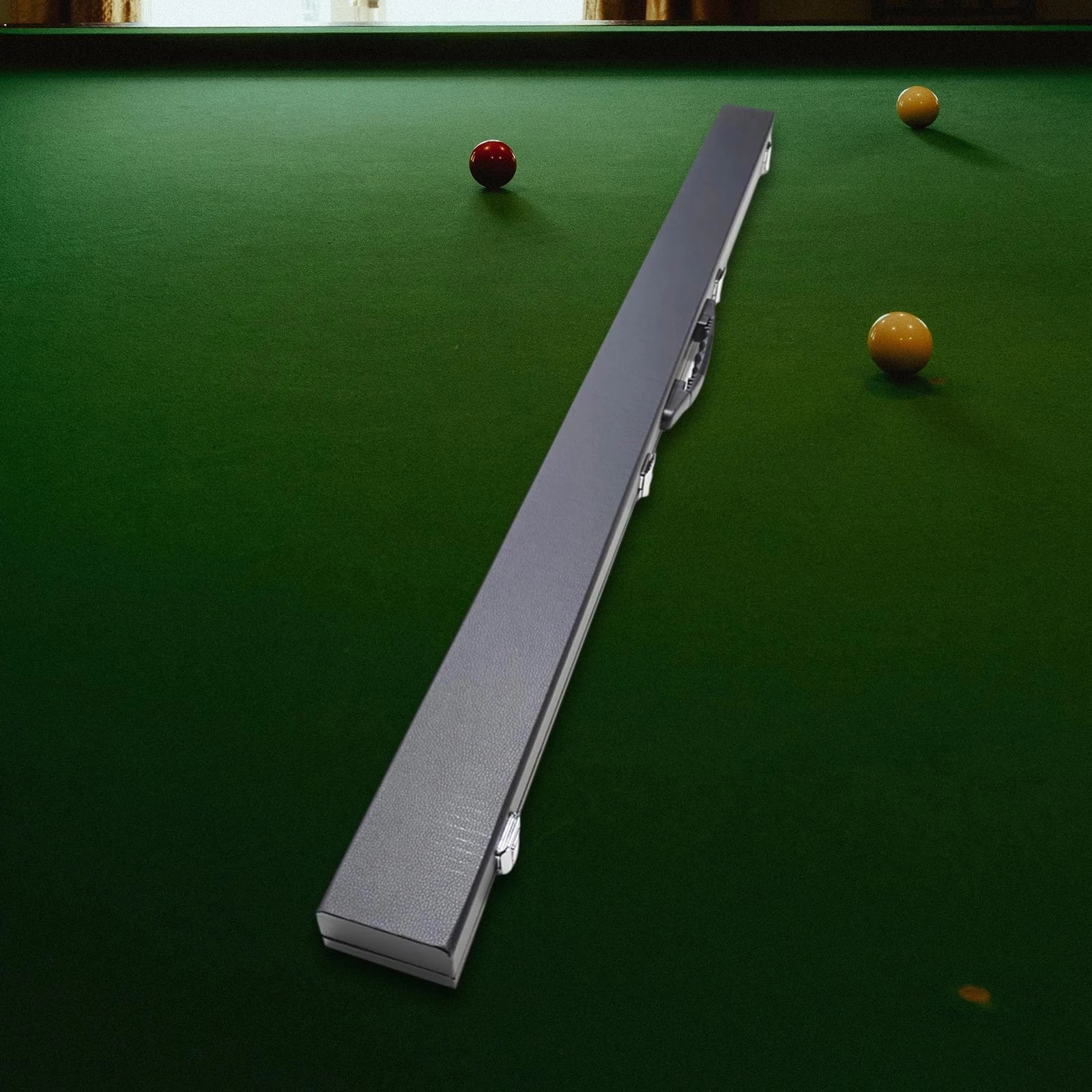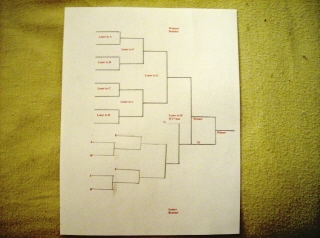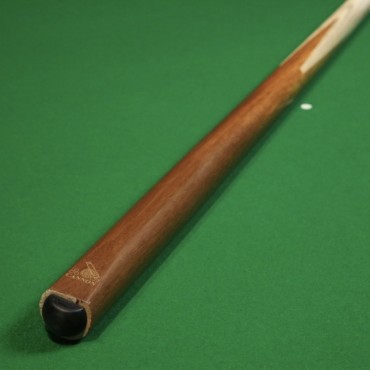
While pool may be similar to croquet in many aspects, it also has its own equipment. You can also find similar cue sticks made of wood. These cue sticks can be used to hit a ball using the cue. However, the cue for pool is more curved than it is for billiard.
Carambola pool vs. billiards
Carambola is a form of pool that looks a lot like carambola, but it has important differences. Carambola billiards is more defensive than pool. It is played on a table with cushions, a cue stick, and three balls.
Billiards comes in many forms. Originating as a lawn game, the game was first played in the 15th Century. The Union Mondiale de Billard (Union Mondiale de Billard), governs this competitive game. This governing body includes several smaller organizations such as the World Pool-Billiard Association and the Asian Pocket Billiard Union, along with the Billiard Congress of America and the European Pocket Billiard Federation.

Eight ball pool
Eight-ball pool is a variant of billiards and is a sport for two players. It can be played by one player or two. Each player uses a triangular rack and must place fifteen object balls on it. These balls should not be in solids but in stripes. The eight ball must be in the middle.
Eight-ball pool is the most common variant of billiards. The game is also known by other names such as pocket billiards, stripes and solids, and pocket billiards. Regardless of the name, eight-ball pool has the same objective: to hit all of the balls with a cue ball. However, the rules and game mechanics are different. The eight-ball game is governed by several international bodies, including the World Pool-Billiard association, the European Blackball Association, and the World Eight-ball Pool Federation.
Pocket billiards or pool?
Sometimes, the two table games pocket pool and pocket billiards are confused. These games are similar, but they differ in many ways. The biggest difference is the size of the table. The tables of pocket billiards are often larger than the tables on pool tables. Also, billiard balls are larger than pool balls, and billiards cues are thicker and shorter.
Pocket billiards began as a game in pub backrooms. Players could gamble on the outcome. By the 19th century, it became popular enough to be played in public parlors. In 1850, Michael Phelan published the first book on the game, and his articles and books fueled its popularity. Since then, the game has gone through ups and downs, but has always been a quality game for serious players.

Cues used in billiards vs pool
Billiards is a popular game that requires the use of a cuestick. The green felt table is set up so that players can hit white cue balls using the stick. Their aim is to sink the balls into pockets. The cues used in billiards and pool have the same basic characteristics.
The upper part of a billiard cue is called the shaft. The shaft has a significant impact on the cue's performance and quality. Most cues are made of wood, although some cues may be made from other materials. The quality and playing characteristics of the shaft will depend on its type.